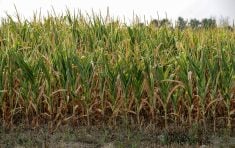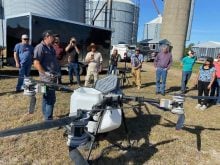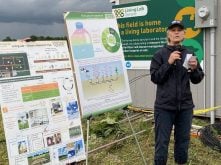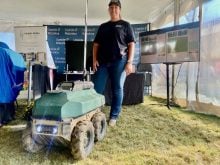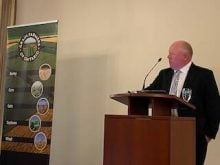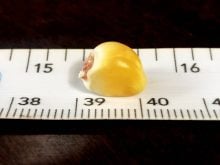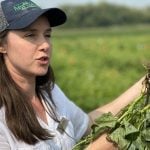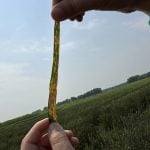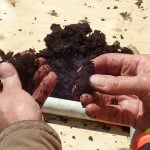On the shores of Lake Erie in western Chatham-Kent, independent corn breeder Francis Glenn has managed to carve out sustained success in the silage market.
The year 2025 marks Glenn’s 45th year in business. His company, Glenn Seed Ltd., sells silage corn germplasm to growers in the United States, Canada, Europe and elsewhere. Initially making use of publicly available germplasm from Agriculture and Agri-Food Canada, as well as several American universities, Glenn soon developed and began marketing his own lines of silage corn.
“There was a lot of consolidation at that time. I wanted to control my own destiny,” says Glenn, referring to the tumultuous 1980s and speaking while touring his trial plots during a blisteringly hot day last month.
Read Also
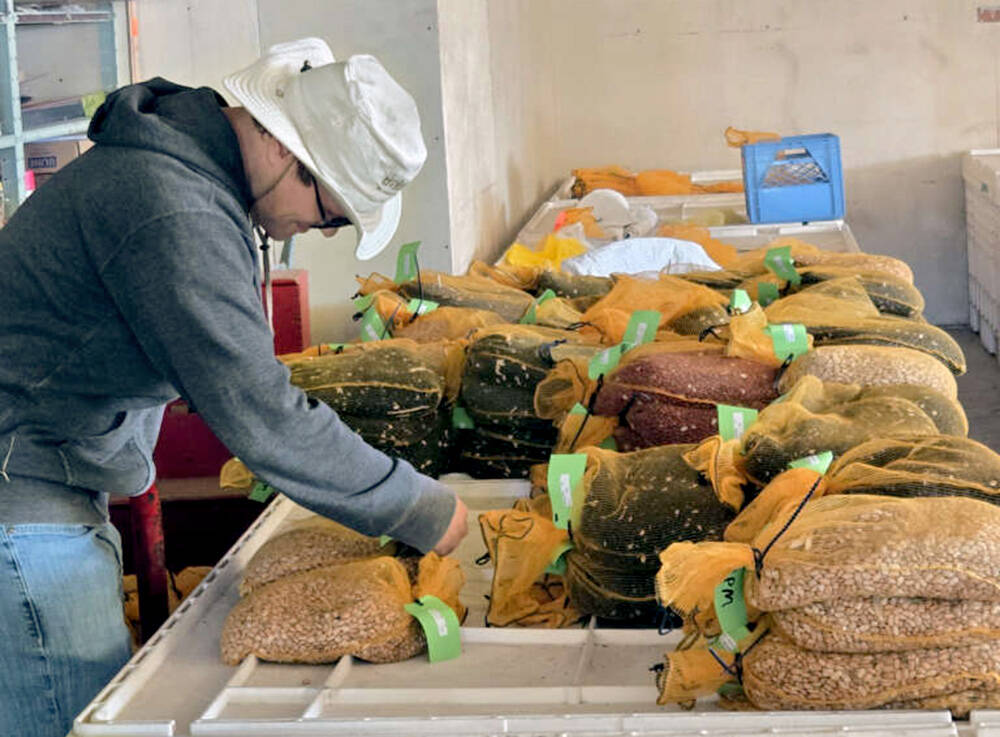
Bean research breeds community giving
University of Guelph dry bean researcher Dr. Mohsen Yoosefzadeh Najafabadi champions sustainability by donating surplus breeding program beans to support food security and community art initiatives.
Why it matters: Independent stores of corn germplasm help provide diversity to the corn population as the seed market consolidates.
Today, he continues to see large players in crop genetics “gobbling up market share,” and in North America in particular, making significant investments in biotechnology.
Biotechnology has not been Glenn’s approach, although he does work with some transgenic traits. Much of his work focuses on non-GM germplasm, providing access to markets where biotechnology products are not wanted or permitted, while in-field development of new lines provides opportunity for meticulous performance evaluation in real-world conditions.
The density of line trials at Glenn’s farm near Cedar Springs is significant. Different lines, both inbreds and hybrids, are labeled every few rows. Bags cover the silks of many in order to prevent unwanted pollination. It’s a confusing mess for non-experts. But for Glenn and his team – which includes his son, daughter, spouse, and other employees – it’s well organized and tidy, thanks to well-kept records.
“I started with those public lines in about seven families. We kept those families separate for all that time. We didn’t self out of hybrids. That was the trend at the time I came through, was get new inbreds by selfing out of hybrids. You carry that down the road a little bit and what do you cross them with?” says Glenn.
“If you keep the families separate, we develop new lines, we test those lines, we say, ‘These are the good lines that have come out of this. We’ve thrown away that, we’ve thrown away that [because] I didn’t like those characteristics. I like this bunch of lines — so what I’m going to do is I’m going to cross them back together and start another cycle.’ After this many years we’re at cycle four from those original populations …We’re improving the parent lines and hybrids at the same time. As long as you know your families, you can play around for a long time.”
An important component of his company’s success has been the incorporation of “leafy” and “floury” genes. The leafy gene brings what the name implies – more digestible and greater volumes of green matter. Glenn says it “turned out to be a dominant gene,” and has thus comprised a major part of his program for decades.
Corn lines with the leafy gene are identifiable by their greater above-cob biomass, and particularly broad leaves. Indeed, such differences were clear even as excessively dry conditions had limited growth in the latter half of July.
A recent addition
The floury gene was a more recent addition. Based off a natural mutation Glenn identified in his own trials, floury corn has softer kernels, making the starch more digestible for livestock. This was a recessive gene, though, meaning more generations were required to make its introduction commercially viable. Today, Glenn markets corn lines with both genes incorporated, including “full floury” lines where both parent hybrids contain the floury gene.
The north shore of Lake Erie is not the only location at which Glenn field tests corn lines, other sites being found in Huron, Wellington and Oxford County. Research trials are also conducted in different countries in partnership with existing customers, as well as potential licensees. Glenn works with a contractor in Chile as well, to maintain a southern hemisphere winter nursery.
Whether domestic or abroad, Glenn says the idea is to put their lines through their paces “where the cows are.”
“Our customer base is about half U.S., of our total income. The other half would consist of Canadian customers plus the external international customers,” he says.
The latter now includes customers as far away as New Zealand. Consolidation has not spared his customer base either, with some seeming to “just disappear” into the ether amid corporate acquisition.
Still, business is good. Asked whether he is concerned about market disruption or loss of market access due to tariffs and general trade chaos, Glenn says it is possible his American customer base might be affected. Income for the company is derived from intellectual property royalties for corn lines, however, allowing him to largely avoid such trade troubles. And because many competitors have left the silage corn space, many potential markets remain.
“What keeps us going is the new material. We’re constantly developing and improved what we’ve had in the past,” Glenn says. “I think we’re looking at the biggest sales year we’ve ever had this past year.”




